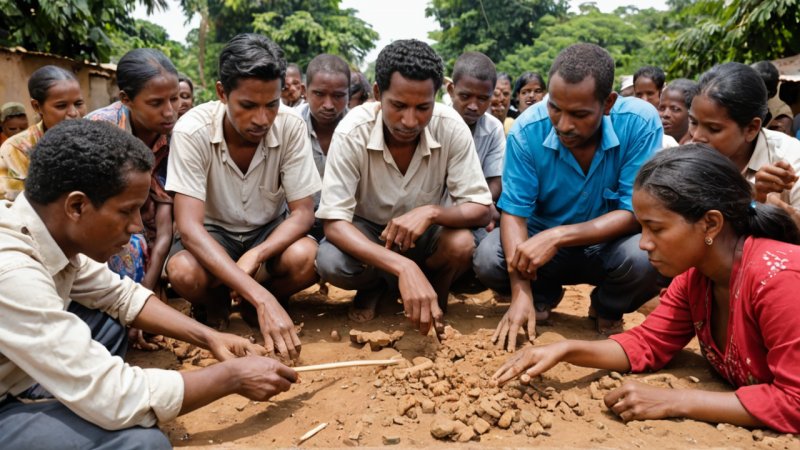Grassroots movements have emerged as powerful forces in the fight against poverty, demonstrating that change often starts at the community level. These initiatives, driven by local individuals and organizations, embody the spirit of collective action and social responsibility. By focusing on local needs and leveraging community strengths, grassroots movements are reshaping the landscape of poverty alleviation.
One of the most significant advantages of grassroots movements is their deep understanding of the unique challenges faced by their communities. Unlike top-down approaches that may overlook specific local issues, grassroots initiatives are tailored to address the real and pressing needs of those living in poverty. For instance, community-led efforts often prioritize education and skill development, which are essential for long-term economic empowerment.
Many grassroots organizations have successfully implemented programs that enhance access to education and vocational training. By providing resources like tutoring, workshops, and mentorship, these initiatives equip individuals with the skills necessary to secure stable employment. This not only helps individuals improve their economic situation but also fosters a sense of agency and hope within the community.
Moreover, grassroots movements often emphasize the importance of collaboration. By forming partnerships with local businesses, schools, and government agencies, these initiatives can amplify their impact. For example, a community garden project may collaborate with a local health clinic to provide nutritional education, creating a holistic approach to poverty alleviation that addresses both food security and health.
In addition to education and skill development, grassroots movements also focus on health and well-being. Many communities have established health outreach programs that offer free or low-cost services, such as vaccinations, mental health support, and health education. These initiatives are crucial in empowering individuals to take charge of their health, ultimately leading to greater productivity and improved quality of life.
Another vital aspect of grassroots movements is their ability to foster social connections and community cohesion. By bringing people together around a common goal, these initiatives not only work towards alleviating poverty but also strengthen the social fabric of the community. This sense of belonging can be incredibly powerful, as it encourages collaboration and mutual support among community members.
Despite the successes of grassroots movements, challenges remain. Limited funding, lack of visibility, and political obstacles can hinder their efforts. However, the resilience and adaptability of these movements often shine through, as they continue to innovate and find solutions to overcome barriers.
In conclusion, grassroots movements play a crucial role in reshaping poverty alleviation strategies. By focusing on local needs, fostering collaboration, and promoting health and education, they empower communities to take charge of their destinies. As individuals, we can support these movements by volunteering our time, sharing their stories, and advocating for policies that uplift and empower marginalized communities. Together, we can drive meaningful change and contribute to a more equitable world.






